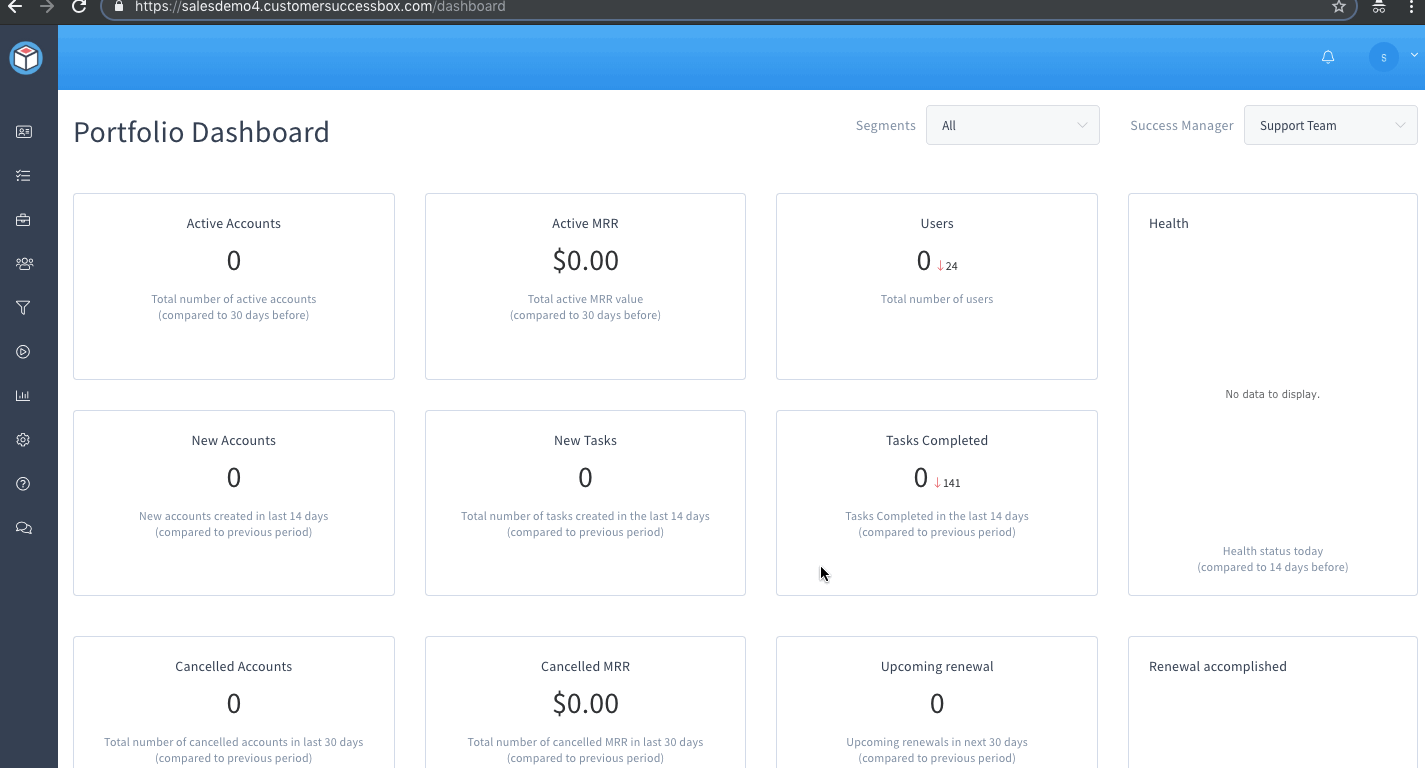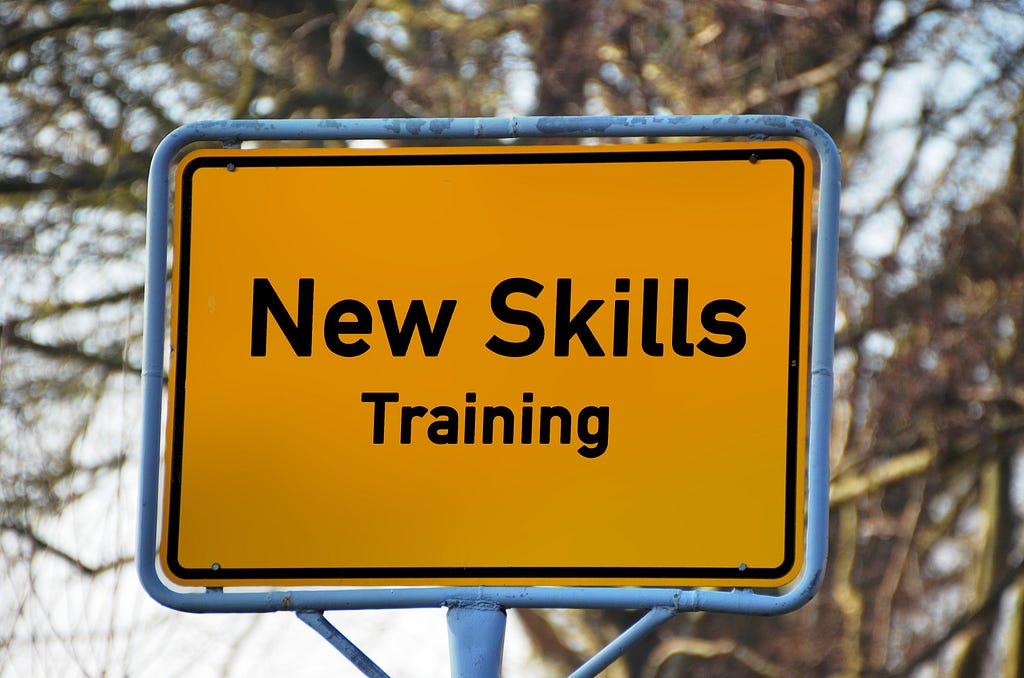Latest news about Bitcoin and all cryptocurrencies. Your daily crypto news habit.

In the SaaS world, the customer-acquisition-cost (CAC) is high and the initial payment is peanuts compared to the lifetime value (LTV) of the customer.
According to studies, the LTV value should be at least 3 times the CAC in order for your company to grow and be sustainable. That means the customer needs to renew their contract more than once.
Without a high customer retention rate, a SaaS company will shut down, no matter how great the other metrics are.
You may believe that if the customer does not have any problem, the customer will renew the contract.
This is a reactive approach and is NOT true.
In this age and especially in the SaaS space, you need to have a proactive approach. Otherwise, customers will churn and you will neither be able to find the reason nor do anything about it.
The SaaS customer retention best practices below will help you understand the needs of your customers so that you can act proactively and maximize renewals.
Step 0: Understanding your customer’s needs
According to Paul Reeves, CEO of Customer Kaizen, which helps tech companies leverage Customer Success profitably, the first step is to understand what the customer wants to achieve, how they measure that, and then ensuring the subsequent steps are designed to deliver and track that.
Understanding the customer’s desired outcome is key part of this process and this directly impacts the design of the success plan.
The Sales or BD rep can conduct this discovery as part of the pre-signing engagement process, or the CSM can do it as part of the closing process. It’s best when this information is available before onboarding so the CSM can have a recommended plan to present at kick off.
It’s always riskier to sign a customer if you don’t know whether you can deliver the desired outcomes.
Step 1: Improve the onboarding process
The highest churn risk happens during the onboarding process. So no matter how good your onboarding process is, there will still be opportunities for improvement.
The aim of onboarding should be to help the customer reach their first point of perceived value without having to put in a lot of effort.
The important thing here is that early value for different customers can be different based on their respective use cases.
Hence, based on different use cases, you may need to have different onboarding processes.
The other thing is to teach only those features in a well paced and thought out manner that will help the customer reach their early value ASAP.
All features need not be taught during onboarding. To help the customer onboard in a stepwise manner and make it a smooth experience for them, an onboarding framework is what you may be looking for.
Step 2: Define, monitor, and report continuously on customer KPIs
If you can’t measure it, you cannot improve it.
To make sure the company is on the right path, you need to define and monitor customer KPIs regularly.
There are several important KPIs such as MRR (monthly retention rate), account retention rate, and portfolio growth which every customer success team measures.
However, these are your internal KPIs. What you should focus on are customer metrics like product adoption, product stickiness, and other leading metrics which are going to help you achieve your internal KPIs.
Do not focus on too many metrics as that can make the success plan go haywire. Two or three KPIs should be chosen and monitored.
Define strategies to make sure that these KPIs can be improved. After that, the full focus should be on implementation and reporting until the KPIs are within the ideal range.
Step 3: Focus on Customer Engagement with the product
Customer engagement normally gives you a preview of what is about to happen in the future.
If the customer engagement is low, that means the customer has stopped using the product and there is a low chance of customer retention. Unless you do something out of the box to help the customer achieve the goals, it will be difficult to retain them.
Customer success platforms can act as a boon here. They monitor millions of data points to come up with a health score that shows the current status of the customer. Good and bad health can be predefined as per the use case.
So, much before the contract needs to be renewed, you will know the status and get enough time to take proactive actions.
Those customers who have good health present another unique opportunity. By using customer success software, you will know which features they are using most, and it might present an upsell opportunity. You can then pitch them an advanced pricing plan to help them achieve their goals faster by putting in less effort.
Step 4: Set the right customer expectations in evolving the success plan
Don’t sell the customers a dream that you cannot help them achieve.
Before starting to work with a customer, discuss with them what they want to achieve by using the product. Then clearly tell them what is possible while also giving a realistic timeline.
Being transparent from the start prevents a lot of problems in the future. Plus it also helps build trust between you and the customer as they know that you actually deliver what you say.
Also, both the customer and the customer success manager should know what all tasks need to be done so that the customer can reach an early value. This prevents any misunderstanding.
Once both the customer and success manager are on the same page, all the focus will be to achieve that early goal.
Once that goal is achieved, move on to the next goal and then the next and so on and so forth.
The success plan needs to be a dynamic document which evolves with the customer’s goals and those goals will evolve as the customer’s objectives change and as your own product roadmap progresses.
Step 5: Invest in customer relationships
Yasasree Nerayanuri, Customer Success Lead at Freshworks, believes in building and investing in customer relationships vertically upward and horizontally across the customer’s organization. One of the major reasons for customer churn (more so for mid-market customers) is stakeholder changes. So, you may want to ensure engagement is across stakeholders in the company with content relevant to each of them
Depending on your industry, stakeholder churn could adversely affect you, even worse than product issues. Once you lose your product champion, it could get very difficult to retain a customer, especially if you haven`t established connect at all levels in the company.
Step 6: Consistent communication
No matter how good the customer engagement is, consistent communication with the customer is critical. This way, the customer will know that you are proactive and are always there for any help. Communication can be via call, video conference or via email.
Also, not everything can be captured by data. Some things can only be known when you talk to the customer. This can also give you some valuable insights which might help in the improvement of the product.
From the start, fix the frequency with which you will interact. It can be weekly, monthly or quarterly as per requirements.
However, remember that not all customers want regular communication. Some customers prefer the self-serve model and having a help center with self-serve guides will help them get what they need with minimum effort.
Step 7: Capture, segment, and share customer voice
Ari Hoffman, Head of Customer Success Marketing at MindTouch says, “Capture, segment, and share customer voice throughout varying touchpoints of customer journey”.
Use health scores, CSM insights, and referrals to decide which customers can give reviews, video testimonials, be part of case studies and provide future referrals.
Take those relevant customer testimonials, reviews and case studies and inject them into the customer journey to help new customers understand how others in their industry have used your product to achieve desired outcomes.
This, in turn, will help your new customers trust you and believe that they have made the right choice in buying your product.
Summary
The above are some of the common SaaS customer retention best practices that will improve your retention rate. Even if the retention rate increases by a few % points, it can do wonders for your annual recurring revenue (ARR).
Bonus: The one other thing I would add is to tie everything around the length of the contract. If you have a SaaS product where the customer renews monthly, you are constantly up for renewal. This will ultimately change how you interact (or at least the strategies you employ for a successful relationship).
Now that you know the best practices, it is time to implement them and grow your recurring revenue by maximizing customer retention.
Are you ready?
SaaS customer retention best practices to maximize renewals was originally published in Hacker Noon on Medium, where people are continuing the conversation by highlighting and responding to this story.
Disclaimer
The views and opinions expressed in this article are solely those of the authors and do not reflect the views of Bitcoin Insider. Every investment and trading move involves risk - this is especially true for cryptocurrencies given their volatility. We strongly advise our readers to conduct their own research when making a decision.

